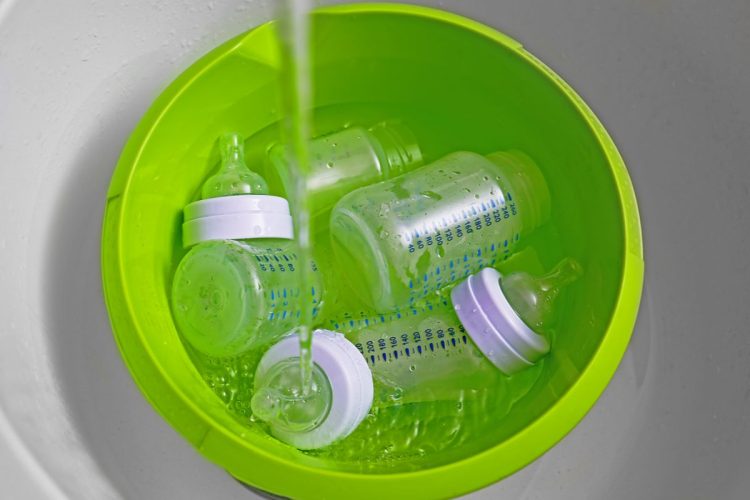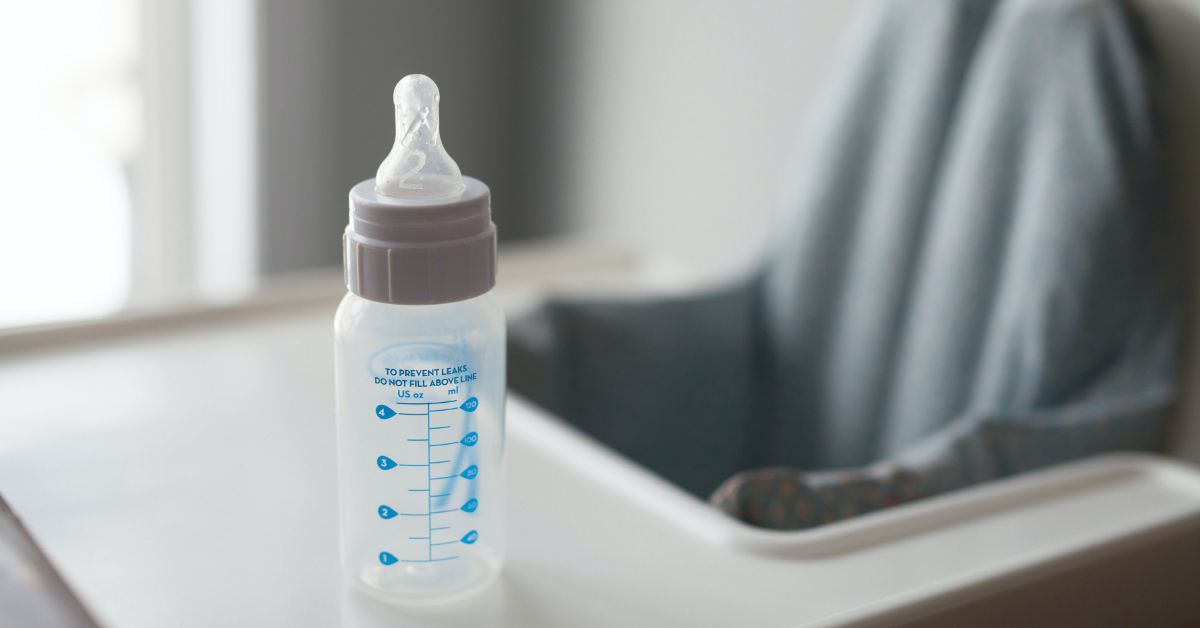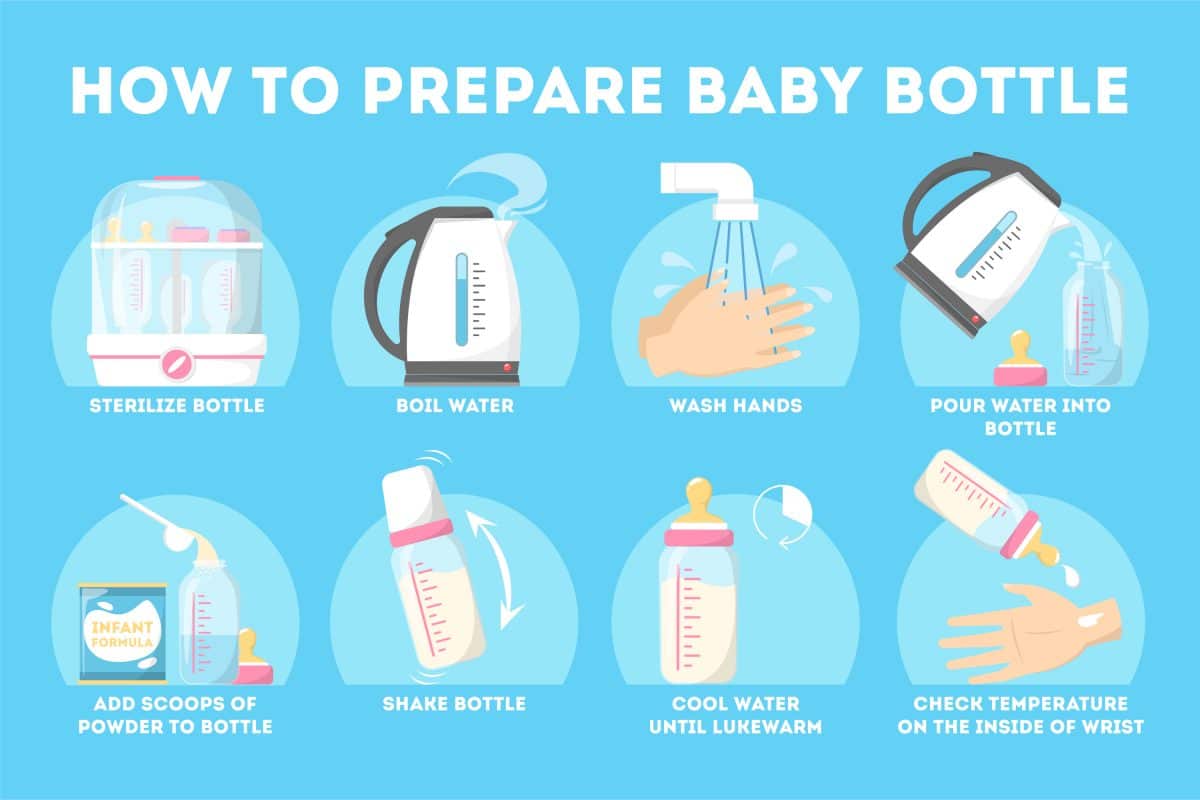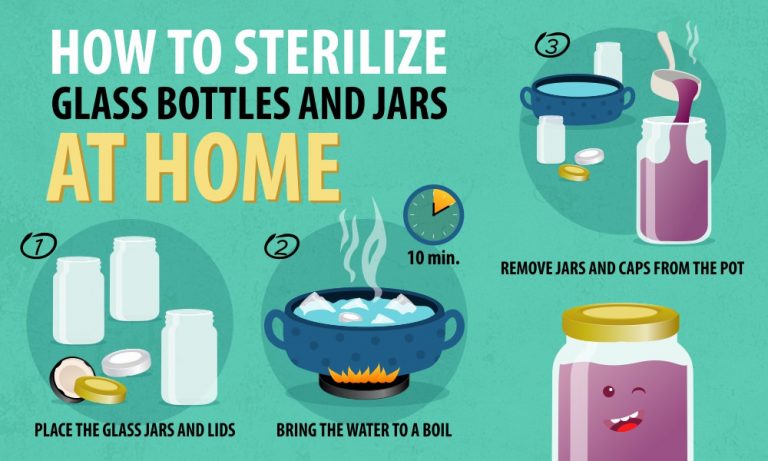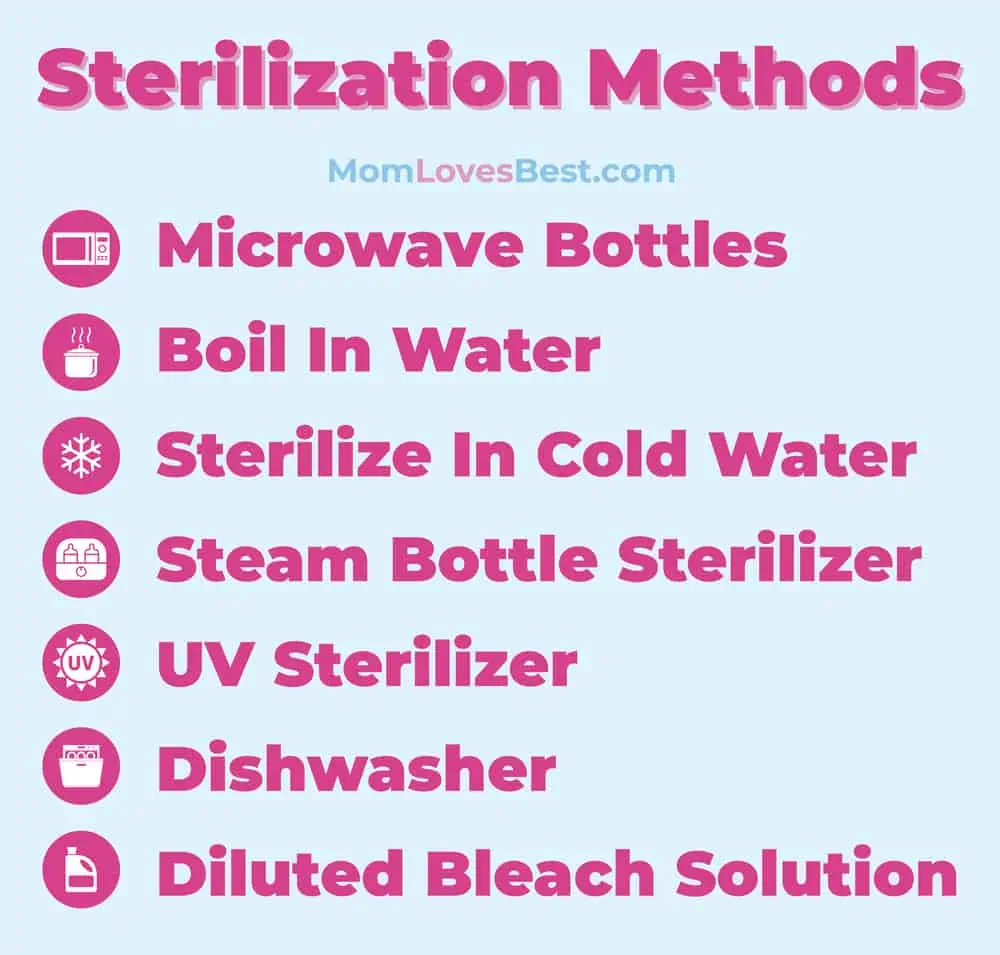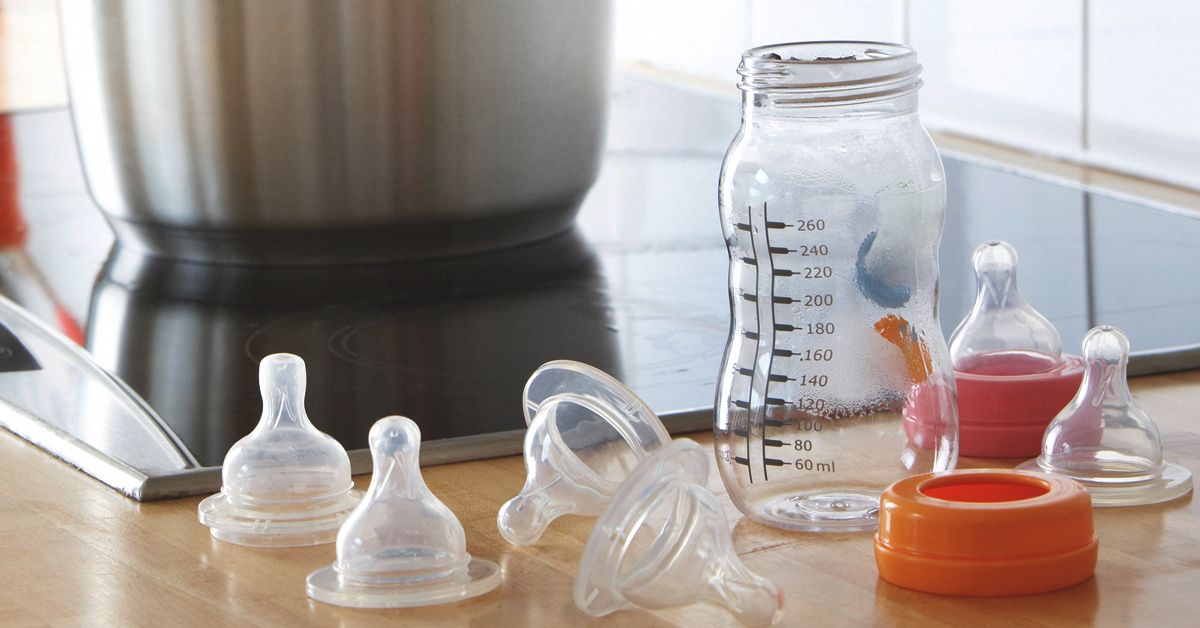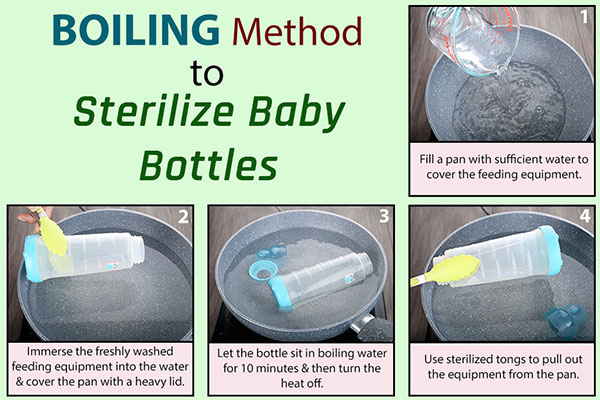How Long Do Bottles Stay Sterile

The question of how long baby bottles remain sterile after sterilization isn't merely a matter of convenience; it’s a cornerstone of infant health. Parents meticulously sterilize bottles, nipples, and accessories, driven by the desire to protect their newborns from harmful bacteria and viruses that can cause serious illness.
However, the reassuringly sterile state doesn't last indefinitely. The duration of sterility depends heavily on storage methods and environmental factors, leading to confusion and anxiety for new parents. Understanding the science behind sterilization and contamination is crucial for making informed decisions about infant feeding practices.
The Nut Graf: Sterility's Fleeting Nature
This article explores the lifespan of bottle sterility after sterilization, drawing upon scientific research and expert recommendations from organizations like the Centers for Disease Control and Prevention (CDC) and the World Health Organization (WHO). We'll delve into factors impacting sterility, proper storage techniques, and alternative sterilization methods. The aim is to provide clear, evidence-based guidance to empower parents to maintain safe feeding practices and safeguard their infants' well-being.
Factors Influencing Sterility Duration
Sterilization eliminates nearly all microorganisms from a surface, but it doesn't create an impenetrable barrier against future contamination. Once exposed to the environment, even a meticulously sterilized bottle begins to revert to a non-sterile state.
Airborne bacteria are a primary source of contamination. Dust particles, mold spores, and other microorganisms present in the air can settle on the bottle's surface, initiating the process of recolonization.
Handling the sterilized bottle is another significant factor. Even clean hands can harbor bacteria, and transferring the bottle from the sterilizer to a storage location inevitably introduces potential contaminants. The type of storage is also crucial.
Open Air vs. Sealed Storage
Leaving sterilized bottles exposed to the open air drastically shortens the duration of sterility. Without a protective barrier, airborne contaminants rapidly colonize the bottle.
Conversely, storing sterilized bottles in a clean, airtight container significantly extends their sterility. Some sterilizers are designed to maintain sterility for up to 24 hours if the bottles remain untouched inside with the lid closed.
However, always refer to the manufacturer's instructions for specific guidelines regarding the sterilizer's holding time.
Expert Recommendations: CDC and WHO Guidelines
The CDC recommends that if bottles are not used immediately, they should be assembled with the nipple and ring, then stored in a clean, protected area. This minimizes handling and exposure to contaminants.
The WHO emphasizes the importance of thorough handwashing before handling sterilized bottles. They also recommend using sterilized tongs to assemble the bottles to further reduce the risk of contamination.
These guidelines consistently underscore that even with diligent sterilization, contamination can occur. Therefore, prompt and careful storage is paramount.
Sterilization Methods and Their Impact
Different sterilization methods offer varying levels of effectiveness and convenience, which can indirectly affect the duration of perceived sterility. Steam sterilization, boiling, and microwave sterilization are common methods.
Steam sterilizers are often designed to maintain sterility for a specific period, usually up to 24 hours, provided the lid remains closed. This controlled environment reduces the risk of airborne contamination.
Boiling bottles for five minutes is an effective method, but it doesn't offer any inherent storage solution. Bottles boiled and then left to air dry are vulnerable to contamination shortly after.
Microwave sterilizer bags can also sterilize effectively. However, it follows the same principles as boiling. Bottles are only as sterile as the environment they are in when they come out of the bag.
Practical Tips for Maintaining Sterility
After sterilization, assemble the bottle with sterilized tongs, if possible. This minimizes direct hand contact with the inner surfaces.
Store assembled bottles in a clean, airtight container in a cool, dry place. Avoid storing them near sources of dust or potential contaminants.
If you are unsure about the sterility of a bottle, it's always best to re-sterilize it. This is a safer approach than risking contamination.
Prepare formula just before feeding and discard any leftover formula after each feeding. This prevents bacterial growth in the formula itself.
The "24-Hour Rule" and Its Nuances
The 24-hour timeframe often cited as the maximum duration for maintaining sterility in a closed sterilizer should be viewed with caution. While some sterilizers are designed to maintain sterility for this duration, it depends on the model and its ability to maintain a completely sealed environment.
Frequent opening of the sterilizer will compromise its internal sterility. Each opening introduces new contaminants.
Always consult the sterilizer's instruction manual for specific guidance on its holding time and proper usage. Do not assume that all sterilizers offer the same level of protection.
Future Directions: Advances in Sterilization Technology
Ongoing research is focused on developing more effective and convenient sterilization methods. New technologies are being explored to create self-sterilizing bottles and storage solutions.
These innovations aim to minimize the risk of contamination and simplify the process of maintaining sterility. Some research is looking into antimicrobial materials for bottles to further reduce bacterial growth.
As technology advances, parents can expect even more reliable and user-friendly solutions for ensuring the safety of their infants' feeding equipment.
Conclusion: Prioritizing Safety and Awareness
While sterilization is a vital step in protecting infants from harmful microorganisms, it's crucial to remember that sterility is not a permanent state. Understanding the factors that influence sterility duration and adhering to expert recommendations are essential for maintaining safe feeding practices.
By prioritizing cleanliness, proper storage, and vigilant monitoring, parents can confidently provide their infants with the safest possible feeding environment. Staying informed and proactive is the best defense against potential contamination and its associated health risks.
Ultimately, informed decision-making, based on reliable sources and expert guidance, is the key to safeguarding the well-being of our youngest and most vulnerable population.
